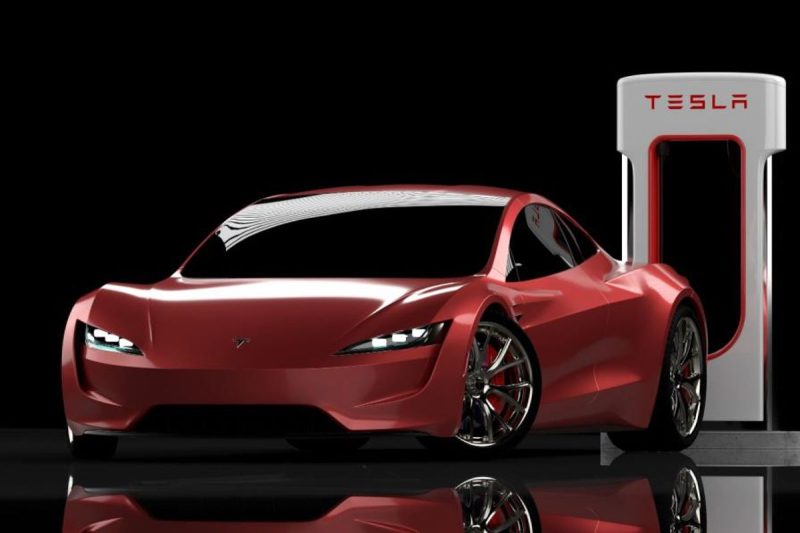The Sourcing of Tesla’s Lithium – A Comprehensive Look Into the Future
Tesla Inc. has been at the forefront of the electric vehicle (EV) revolution, leading the pack with its cutting-edge technology, innovative designs, and a clear forward-thinking vision. The heart of these high-performing electric vehicles has always been their lithium-ion batteries, the fundamental component that enables them to operate. So where exactly does Tesla, a mammoth in the EV industry, get its lithium? Understanding Tesla’s lithium sourcing strategy is not just significant, but also provides valuable insights into the wider EV industry.
Prevailing relations and strategic partnerships can be mainly responsible for Tesla’s lithium supply. The first significant one is with the US-based lithium mining company, Piedmont Lithium. In 2020, Tesla entered into a five-year agreement with Piedmont to supply about a third of its estimated lithium hydroxide production. The deal remains relevant even up to this point, fueling Tesla’s lithium needs for its lithium-ion battery production. As part of the agreement, Tesla committed to accepting and using spodumene concentrate, a type of lithium ore from Piedmont’s mines in North Carolina.
In addition to its partnership with Piedmont, Tesla secures its lithium from overseas, primarily from Australia, the world’s leading lithium producer. Australia’s vast lithium reserves, mainly located in Greenbushes, Western Australia, supply Tesla’s Gigafactory located in Nevada, USA. Complementing the Australian lithium supply, Tesla uses lithium derived from the Salar de Uyuni salt flats in Bolivia, one of the four lithium-endowed lithium triangle countries (Argentina, Bolivia, and Chile).
Additionally, Tesla established a vital relationship with Ganfeng Lithium, China’s most substantial lithium compounds producer, and one of the world’s top five lithium manufacturers. This partnership aims to secure lithium for Tesla’s battery production in China. Given the importance of the Chinese market and Tesla’s large-scale production efforts through its Gigafactory in Shanghai, this partnership underscores the significance of China in Tesla’s lithium supply chain.
Although Tesla relies heavily on its strategic partnerships, the company also recognizes the importance of self-reliance. To supplement its lithium needs, Tesla unveiled plans in 2020 to enter the lithium extraction industry. These plans aim to source lithium directly from clay deposits in Nevada through an environmentally friendly method. If successful, Tesla could control more of its lithium supply chain, thereby ensuring a steady supply that would further drive its ambitious growth plans in the EV industry.
Moving into the future, Tesla envisages a greater standard of sustainability within its lithium sourcing. The company plans to leverage its resource recovery efforts to reduce its reliance on mining. By reusing and recycling lithium from old batteries, Tesla aims to achieve a ‘closed loop,’ where old EV batteries become a valuable source for raw materials. This strategy provides a more sustainable way of sourcing lithium that aligns perfectly with Tesla’s mission of accelerating the world’s transition to sustainable energy.
Given the projected surge in EV adoption and Tesla’s ambitious expansion plans, the importance of securing a robust lithium supply chain cannot be overstated. Tesla’s multi-pronged strategy, comprising strategic partnerships, direct lithium extraction, and closed-loop recycling, ensures that Tesla remains well-equipped to meet its increasing battery production needs while also prioritizing sustainability. As the EV industry continues to evolve, so too will the strategies surrounding lithium acquisition, with Tesla likely to remain at the forefront of these developments.




